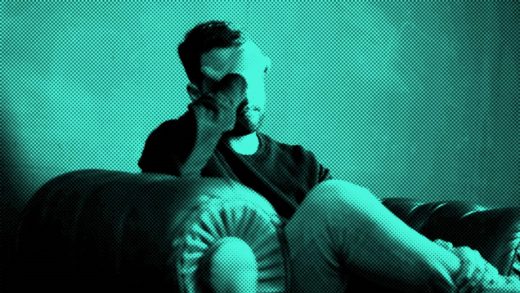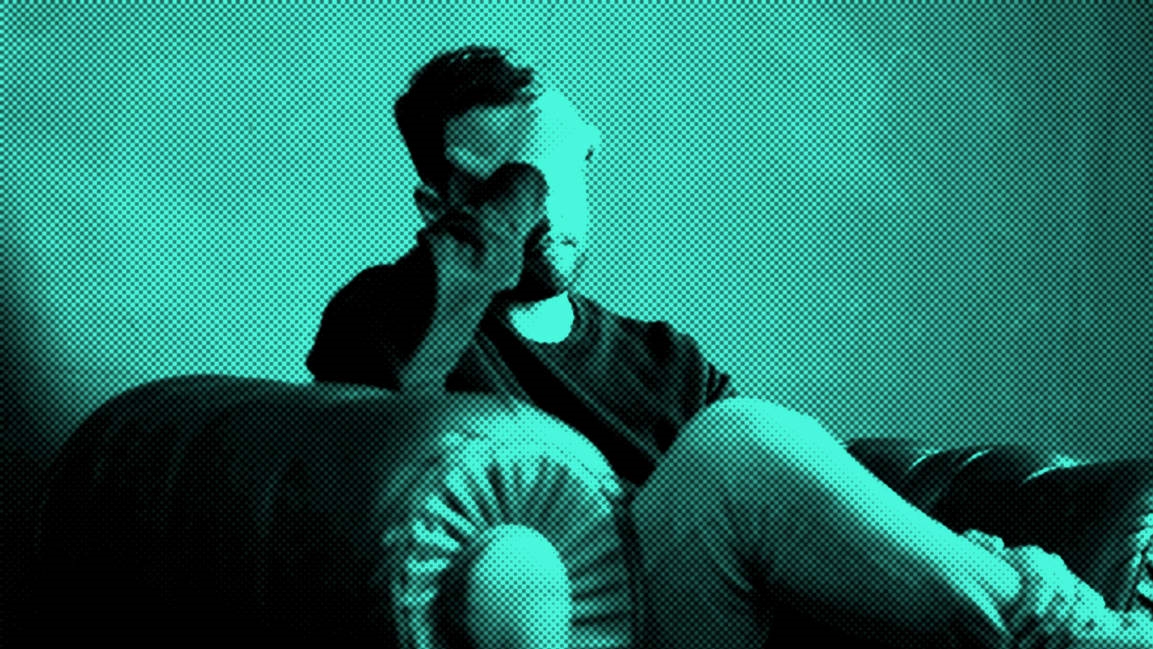The tyranny and sadness of the endless furlough
The call from the general manager came right after Easter. Jim, a 37-year-old Disney employee who doesn’t want to use his real name due to concerns about his job security, was being furloughed after a decade of service. At the time, he thought it wouldn’t last long, but in mid-August, he got an email, saying the furlough was continuing.
It’s the uncertainty that’s a killer. Since the start of the coronavirus pandemic, millions of furloughed Americans have found themselves trapped in a cruel in-between world where they don’t have jobs, but they also don’t not have jobs. As unemployment continues to make headlines—another 898,000 Americans applied for it last week, according to the U.S. Department of Labor—it’s the lack of knowing what comes next that is hellish.
Furloughs are unpaid, temporary mandatory absences from work, with the expectation that the affected employees will return at some point. Staffers, in many cases, still receive employee benefits, like health insurance. In contrast, layoffs are permanent terminations.
Among the large companies that have furloughed employees since the coronavirus pandemic began are are Marriott, La-Z-Boy, Mohawk Industries, Macy’s, Gap, SeaWorld Entertainment, and Mohawk Industries. Hit most recently is the airline industry, including American Airlines, which furloughed an estimated 19,000 workers, and United Airlines, about 12,000.
Disney didn’t respond to Fast Company‘s emails.
The psychological impact is significant. Furloughed workers are 37% more likely to report declines in their mental health than laid-off employees, according to new COVID-era data from Qualtrics.
I find hope in the furlough because it’s still going on. I know there would be a sense of relief being laid off.”
Jim, Disney employee
How the COVID furloughs will play out over the long run is unclear, but Wheeler’s furlough research in 2013 as a University of Rhode Island associate professor of human resources management is what experts today are looking to for insights and predictions. But, he explains, the situations are different on two fronts. First, the government workers whom he and his colleagues studied knew they’d eventually be brought back; they couldn’t be discharged endlessly or the state infrastructure would fall apart. Secondly, they found that furloughed staffers who were able to keep their minds off their work situation—by exercising or hanging out with friends, for instance—survived better, but those coping mechanism are difficult to deploy during the pandemic.
“What you’re seeing with a lot of people in that stuck situation is they simply don’t know what to do,” Wheeler says. “We have not seen something like this in this country or in the world probably since the Great Depression. It’s almost like how can you compare the two? The world was so different in 1929.”
Ninety-one years later and there are 12.6 million Americans unemployed, the U.S. Department of Labor’s most recent data shows.
‘Temporary’ disruption
Furloughs quickly entered the mainstream lexicon this past spring, as businesses small and large began to shut down temporarily due the COVID-19 pandemic. Until then, “furloughs” was primarily a word used by unions as a way to avoid layoffs or salary cuts during contract negotiations, or by the criminal justice system for convicts granted time out of prison. (Presidential election buffs will recall how an ad during the 1988 race about Willie Horton, a Massachusetts prisoner who’d raped a woman repeatedly and bound and knifed her boyfriend while out on furlough, tanked Michael Dukakis’s candidacy.)
Why a workplace furlough in 2020 hurts so much goes back to the very essence of being a person.
We have not seen something like this in this country or in the world probably since the Great Depression.”
Anthony Wheeler, Widener University School of Business Administration
At first, Jim launched an extensive job hunt, but after looking really hard for new work in April and May unsuccessfully, he gave up. For now, he still has healthcare through his employer and cash from unemployment insurance to tide him over as he keeps busy by meditating, working out, and hanging out with his sister who lives nearby. Reading is Jim’s No. 1 form of escapism; he’s reluctant to go back to school, in case he’s called back to work. He has money in the bank, so while he’s not panicking, he is growing concerned about maintaining his apartment if laid off.
“Like for a lot of people, the walls are closing in gradually, but I’m doing my best,” he says. “I’m waiting for a phone call that basically either tells me good news or bad news—either my job is secure and I can go back to it and everything’s cool or I’m getting laid off and I have to rethink my life. The ball’s in their court.”
That lack of predictability fuels the cycle. Long-term anxiety about one’s furlough leads to catastrophizing, thinking about worst-case scenarios. The ruminating that follows makes it hard to move on, which in this case means job hunting, gathering references, and networking. The worrying grows worse, depending on how much money a person has saved, how many dependents the furloughed individual has, and what support systems he or she has in place.
“Let’s have a plan A, B, C, D, and E. Once we feel we have some control over some aspects of our lives, then that helps us calm down and builds resilience,” says Mary Alvord, a psychologist in suburban Washington, D.C., and an expert in resilience. “People hang on and think this is short-term at the beginning. Some people thought it’d only be a few months, even though science was clear. They’re on hold and they’re not sure.”
The domino effect
Furloughs impact even the people who haven’t been furloughed, Wheeler points out. The mere announcement of furloughs at a company can stress out the people still at work, because they start to fear that they’ll be next on the chopping block. That type of anxiety is known to impact job performance and productivity. That, in turn, hurts the employer itself; many businesses are already on the brink without this added stressor dragging them down.
I knew it was going to happen. That didn’t make it easier.”
Greg, furloughed lawyer
“Because these events are so rare, we don’t know how long it’ll take for people to return to their pre-furlough selves,” he says. “There’s emotional stress and emotional exhaustion shoots up. It’s bad. It creates long-term stress and burnout. And people can’t function like that. That’s how you end up with people having breakdowns.”
Alvord recommends staying mentally healthy by taking care of yourself—move your body, like take a nature walk; stay socially connected; get enough sleep, which is critical to mood regulation and mental clarity.
“What makes people happy is having a goal and meaningfulness,” she explains. “Accept what you can control instead of stewing in it. Use your time.”
Workplace whiplash
Greg, a lawyer at a 25-person firm in Yonkers, N.Y., endured some workplace whiplash. The 31-year-old, who asked that his last name not be used, was furloughed briefly in April, then went back to work from his home in Jersey City, N.J., for 1.5 months, and was furloughed again early July. With housing court closed, the firm was left with few landlords and tenants to represent.
“I knew it was going to happen. That didn’t make it easier,” he says. “Even in early July or late June, it seemed as though by the winter, we could be back to normal, but that doesn’t seem to be the case.”
“There are definitely good days and bad days,” Greg reflects. “Some days, I sit around wondering what the hell was I thinking spending $300,000 [on school] and seven years on and I can’t even practice law right now. Other times, I can spend the whole day keeping myself busy. It’s a lot harder to be motivated to do something fun when I know I’m just doing it to kill time.”
(31)



